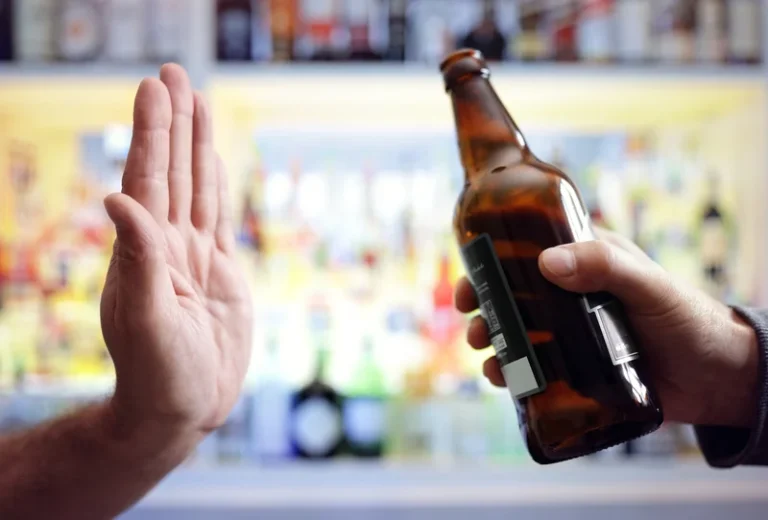Cannabis Hyperemesis Syndrome: Care Instructions Kaiser Permanente

The primary psychoactive component of cannabis is tetrahydrocannabinol (THC). These advances enhanced the understanding of cannabinoid (CB) receptors, which led to a better appreciation of the role of cannabis in inflammation, seizures, emesis, and as an appetite stimulant. There is a growing body of research showing the benefit of cannabis in the aforementioned disorders, and its legalization will further augment research on understanding its critical role in new drug developments [3,4]. However, these changes also come with substantial risks regarding its adverse effects, such as paradoxical hyperemesis, intoxication and behavioral changes (anxiety, panic attacks, and psychoactive changes).
Recognition of CVS and CHS
It is extremely difficult to separate CHS from CVS in patients who use cannabis on a regular basis. Although some clinical findings (psychiatric comorbidities, migraine, rapid gastric emptying) may make an indication towards one or the other, these features are at best of supportive nature (Table 1 (Tab. 1)). The characteristics of the prodromal phase in CHS patients seems to be significantly different from CVS [1], [2], [3], [4], [5], [6], [7], [8]. Fleisher et al. described the phenomenon of coalescence of episodes over time in CVS patients [1].
- CBG is not psychotropic and acts as an antagonist at both CB1 and serotonin receptors [46].
- It should be noted that in the case of CHS, compulsive showering in hot water is not an anxiety disorder but rather a learned behavior that the patient develops to relieve symptoms [94].
- Metoclopramide, ondansetron, lorazepam or oxycodone, ideally with application at the onset of prodromal symptoms, can abort an episode [1], [3], [4].
- Duration of the recovery phase is extremely variable and strongly depends on adequate treatment [1], [8].
- A thorough history, physical examination and directed testing of differential diagnoses may assist in ruling out these diagnoses.
- Contact your health care provider if you suspect you might have CHS or for information on treatment options for cannabis use disorder.
Unveiling Treatment Strategies for Cannabis Hyperemesis Syndrome (CHS)
The delay in gastric emptying seems as if it would be promote emesis [53], yet this delay often occurs with the antiemetic benefits of THC, possibly because those antiemetic effects override the effects of delayed intestinal motility [13]. This applies not just to botanical marijuana; dronabinol (delta-9-tetrahydrocannabinol) slows gastric emptying and decreases colonic tone as well [54]. As CHS is a relatively recently recognized and studied phenomenon easily confused with other diseases, there is a paucity of sizeable randomized control studies. Most resources and recommendations come from case studies and expert opinions.
Hot Showers
The best and only way to prevent or reduce your risk for CHS is to avoid or quit marijuana use. One study looking at Reddit posts on the subject found that spicy food, greasy food, coffee, black tea, and alcohol were frequently mentioned as CHS triggers. These foods/beverages are mostly acidic, but relationships between them and CHS have not been studied scientifically, although the co-use of weed and alcohol is well-known, the study authors said. They may also prescribe antipsychotic medications such as haloperidol (Haldol) or olanzapine (Zyprexa) to help you calm down as you switch to the recovery phase. This word is a combination of “screaming” and “vomiting.” You’re in so much pain that you’re screaming while you’re vomiting. Researchers are continuing to examine potential treatment options for CHS.

Not everyone with the condition seeks medical help or tells their provider that they use marijuana. Chronic cannabis use is the primary risk factor for developing CHS. Using cannabis for a prolonged period increases your risk of this condition.
Patients & Families

If you have symptoms, your doctor will do a physical exam and ask for your detailed medical history. Let your doctor know how much marijuana you use and how often you use it. It’s still not clear which of the more than 100 cannabinoids found in cannabis are responsible for CHS, but it’s thought that CBD could potentially be a contributor. Keep in mind none of these treatments will be effective if you continue using cannabis products. After stopping cannabis use, symptoms generally resolve within days or months.
- Patients should be provided access to hot showering or bathing for symptoms relief [4].
- The ECS is composed of ligands, receptors, signaling, and enzymes (its regulators and inhibitors) [22].
- He had learned this behavior after experiencing previous episodes of self-limited nausea, vomiting, and abdominal pain.
- In one 2018 study, a group of researchers surveyed 2,127 U.S. adults between the ages of 18 and 49 at an emergency department in New York.
- Endocannabinoids are arachidonic acid derivatives that are biochemically similar to anandamide and 2-AG and likewise bind to CB1 and CB2 [27, 28].
- The serum levels of psychiatric drugs may be reduced in patients suffering from CHS or other vomiting syndrome.
Cannabis is the most commonly abused drug in the United States (US). However, our understanding of its effects has unfolded significantly over the last 3 decades. The extract of the plant cannabis sativa has been reported to be used for decades in the control of pain and cramps, according to the Chinese literature [1]. Recognition of the function of the endocannabinoid system (ECS) was a breakthrough in explaining the effects of cannabis on different organs, at least in part [2].


The main treatment goal of patients who report chronic marijuana abuse is cannabis cessation [2], [5]. In CHS patients, cure can be achieved by cessation of cannabis consumption alone [2], [5], [6]. Return to cannabis abuse inevitably leads to relapse [2], cannabinoid hyperemesis syndrome [5], [6]. Haloperidol was reported to be effective in CHS patients who refuse cannabis cessation [10]. During the emetic phase, intravenous lorazepam, proton pump inhibitors, and fluid substitution are generally recommended in both syndromes [1], [2].
However, case studies demonstrate that adolescents are susceptible to CHS. The youngest age for a CHS case in the literature found by the authors is 15 years [125]. In a report on a 16-year-old CHS patient, she reported that she used marijuana herself but had been exposed prior to that to secondhand smoke for many years, as her family used marijuana [125]. Finally, there have been anecdotal reports that changing the variety or strain of botanical marijuana can mitigate or even alleviate CHS. It has been suggested that CHS may − in whole or in part − be the result of pesticides, toxins, or other substances accumulated on the plants during growth and harvest [67]. Chemical residues on the plant can transfer to mainstream smoke with up to 60 or 70% inhaled via unfiltered glass pipes [68].

